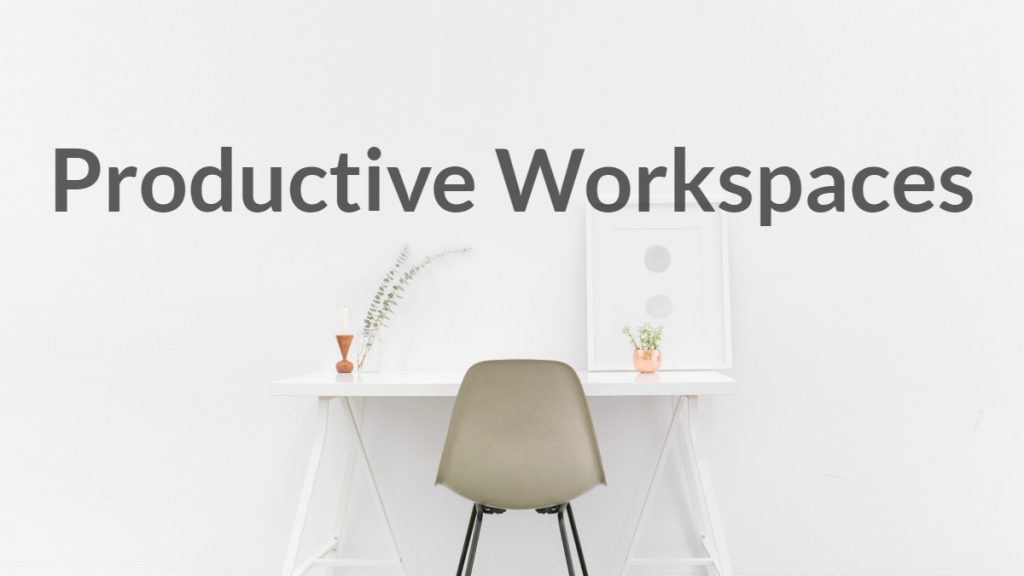Working from home success is dependent on your workspace. While it may offer benefits of flexibility, comfort, and efficiency, a home office presents unique challenges of distractions. The good news is, you can create a functional workspace that enhances your productivity. It’s mostly about office design. Let’s take a look at how you can create a home office that inspires productivity.
Choose a space.
When you go to work, your body slips into a work/productivity mood. Hence, working from home means dedicating a specific area for a home office to create that same response. Choose a quiet area of your home with minimal traffic or an area large enough to fit a small desk. It doesn’t matter how small or large the area is; it could even be a seat at your dining room table. The idea is to have space where you will be least distracted and able to designate as a workspace. This way, the longer you use this space for work, the easier it is to slip into work/productivity mood.
Create Comfort
The functionality of your home office highly depends on your equipment. It is a big part of getting more productive as well. You will need comfortable seating and a desk or work table. There are several desks and chairs to choose from, so what you purchase should depend on your needs. If you like to stand or stretch, get a standing desk. If you will sit for long hours, get a chair that fits under your desk, rolls/reclines, and with a soft padded seat. It should have back support for good posture.
Get Tools and Supplies
There’s hardly anyone working from home who doesn’t use a computer or laptop. Complete this setup with a mouse and keyboard. Going wireless is also preferable as it helps to prevent clutter. Get fully stocked on any office supplies you need, even if it’s just notebooks.
If there is equipment specific to your profession, get them too. But, be sure to consider what’s relevant for a home office and what’s not. A large color copier might seem important. But if you don’t use it every day, then a trip to a neighborhood store may be enough for your weekly use. Maximize space and focus on ergonomic, quality, durable equipment only.
Decide to Decorate.
Décor is another important part of office design that influences both functionality and productivity. Start with the lighting. You will need warm-hued light bulbs but try to depend more on natural lighting. This ties back to selecting the right workspace. Daylight is necessary. Support this with ergonomic task-lighting. Also, keep in mind that low-lighting levels can lead to a reduction in productivity and even depression.
Wall colors matter too because they affect the brain and can determine how well you work. Blues and greens increase productivity levels, while neutral colors like lilac and gray can help your space seem brighter. If you can’t change the color of your home office, opt for other improvements or office design ideas like a houseplant, mirrors, your favorite art piece, family photos, and so on.
Winning at work.
Once you are ready to start working, it’s also important to maintain the best habits to help you maximize functionality and productivity. Hence, you should;
- Set a schedule and stick with it.
- Keep the home office clean at all times
- Avoid clutter
- Maintain proper storage
Many people think that working from home is easier than working in an office. But, it’s also easy to fall into bad habits and work in ways that don’t support productivity. Hence, it’s up to you to decide to design a functional space and maximize productivity.

